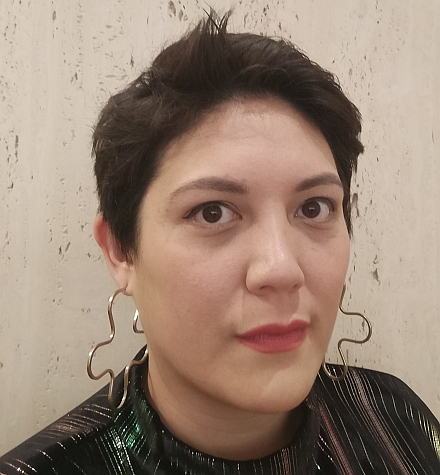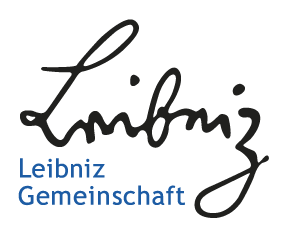Happy Birthday DataCite!
An interview with Britta Dreyer on ten years of DataCite: a success story around the Digital Object Identifier (DOI)
The foundation of the association DataCite celebrated it’s 10th anniversary in the beginning of December 2019, a reason to look back and peak into the future. In the interview Britta Dreyer, head of the department PID and Metadata Services at TIB – Leibniz Information Centre for Science and Technilogy and DataCite Business Manager, talks about what has been achieved, the challenges of the future and the cooperation with DataCite partners
Ten years of DataCite, that is a great success. But actually the history of DataCite started a little bit before. Namely in 2004 with the first registration of a Digital Object Identifier (DOI), a unique and persistent digital identifier, at TIB. Tell us how it all began.

Scientific research generates a gigantic and constantly growing amount of digital research data. These data sets are of immense importance for science. On the one hand, they increase the transparency and traceability of research results. On the other hand, the rapid technological developments provide the opportunity to use the research data for further research projects.
These reasons were decisive in the TIB’s decision to become the world’s first DOI registration agency for research data in 2005. It emerged from the project “Publikation und Zitierbarkeit von Primärdaten” (Publication and citeability of primary data) – STD-DOI for short – funded by the German Research Foundation (DFG). The aim was and still is to make research data globally findable, accessible and citable by means of DOI names. As a member of the Research Data Alliance Initiative (RDA), DataCite develops methods, measures and standards together with the international scientific community to make research data searchable, accessible, interoperable and reusable.
DOIs enable the unique identification of scientific objects and through the linked and updatable metadata and URLs they guarantee access and citation. Today DataCite DOIs are registered for a wide range of object types such as research data, software, videos, models and grey literature.
So the idea of a DOI was born. What was the next step?
Research is global. Therefore, after the successful completion of the STD-DOI project on 1 December 2009, the international association DataCite was founded. The seven founding members and the other members of the first years were institutions that provided DOI services as part of their national mission. The members built up the technical infrastructure, developed the metadata schema for effective and simple data entry and processing and laid down the guidelines for DOI registration.
The funding for the EU project THOR (Technical and Human Infrastructure for Open Research) in 2015 brought about major changes for DataCite: Due to the additional resources and the great commitment of the DataCite team, a positive growth process began. Currently DataCite DOIs are being registered in 40 countries.
Ten years later is a good time to take stock. What difficulties were there, what solutions were found and what are the greatest successes of DataCite?
The financing of DataCite has always been an important issue: In 2014 DataCite received the first funding for the EU project series ODIN, THOR and the current project FREYA. In this ongoing work DOI services are taking part in the developments of the European Open Science Cloud (EOSC) and thus in the German National Research Data Infrastructure (NFDI). Further funded projects and building blocks complete the success of DataCite. In January 2020, the two DFG projects re3data COREF and ORCID DE 2 will be launched, building on existing developments such as the repository registry re3data and the implementation of ORCID (Open Researcher Contributor Identification Initiative) in Germany.
The biggest challenge for the association is to find reliable and sustainable financing. With a new membership model DataCite is currently on the right track to sustainable financing.
After a review of the past ten years, a look into the future should not be missing. What will happen with DataCite in the coming years? Which challenges will the partners have to face and which tasks have to be tackled?
DataCite’s focus continues to be on the international activities to make research data FAIR (Findable, Accessible, Interoperable and Reusable). Of particular importance are the metadata quality and the extension of object types (DOIs for conferences, software as well as instruments) and the integration with other PID types (PID = Persistent Identifier) such as ORCID or ROR (Research Organization Registry) in order to jointly make new developments such as the PID graph possible. This enables a model-like description of different PIDs and their connections, such as data sets cited by various journal articles.
In addition, in the future we will expand the offer of standardized metrics (citation and usage statistics) to research data, so that we can show how research data is reused.
Many thanks for the interview!
Data are „first class“ research output
Ten years of DataCite: Comments of founding members, companions and partners
... arbeitet seit 2012 als Pressereferentin in der Stabsstelle Kommunikation an der TIB.






